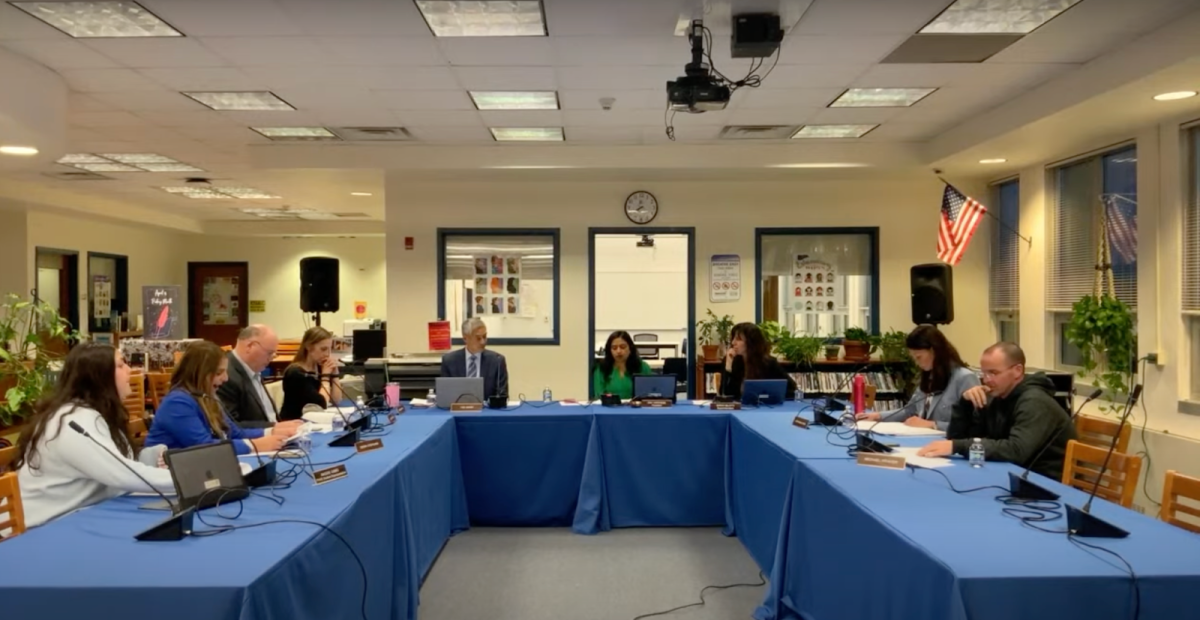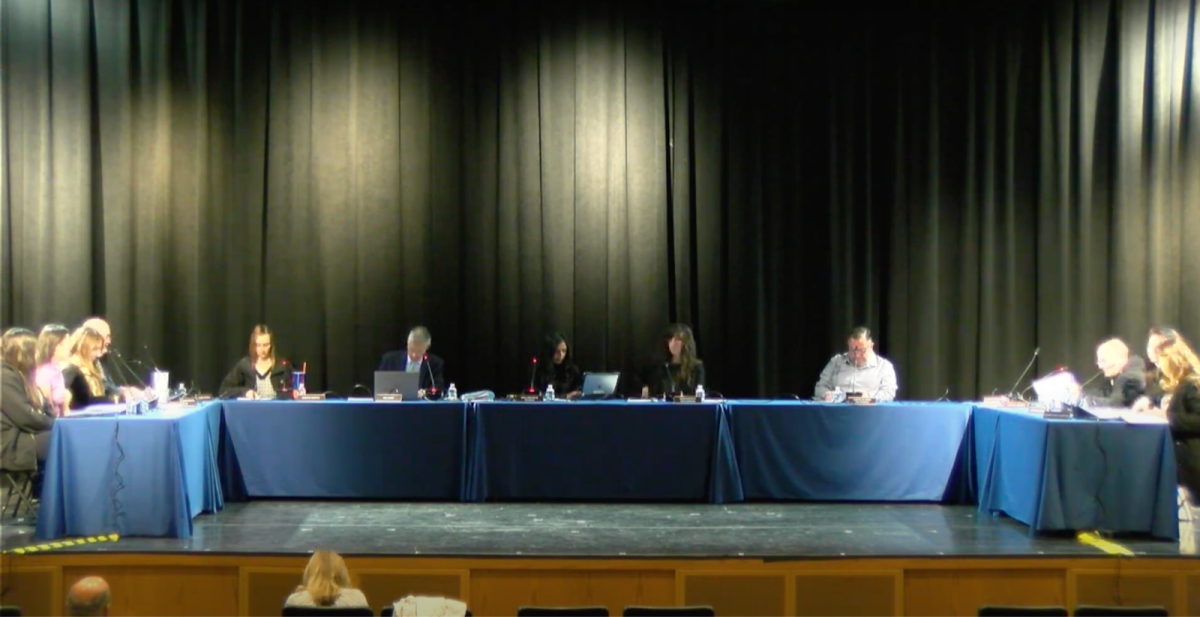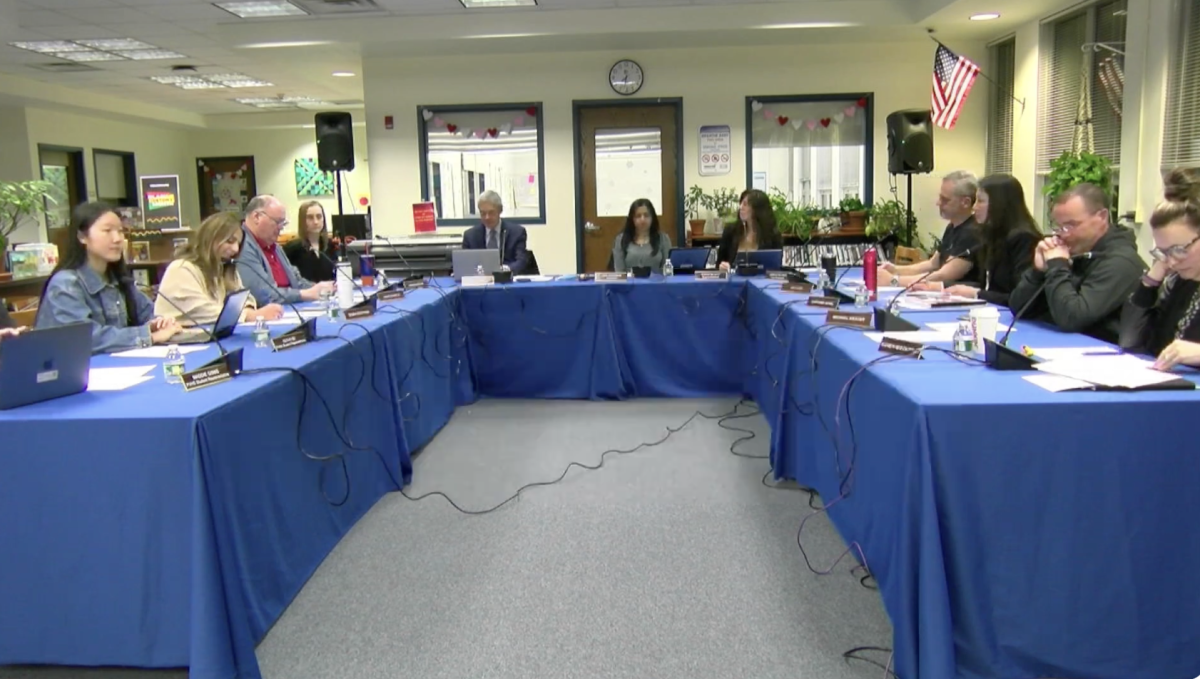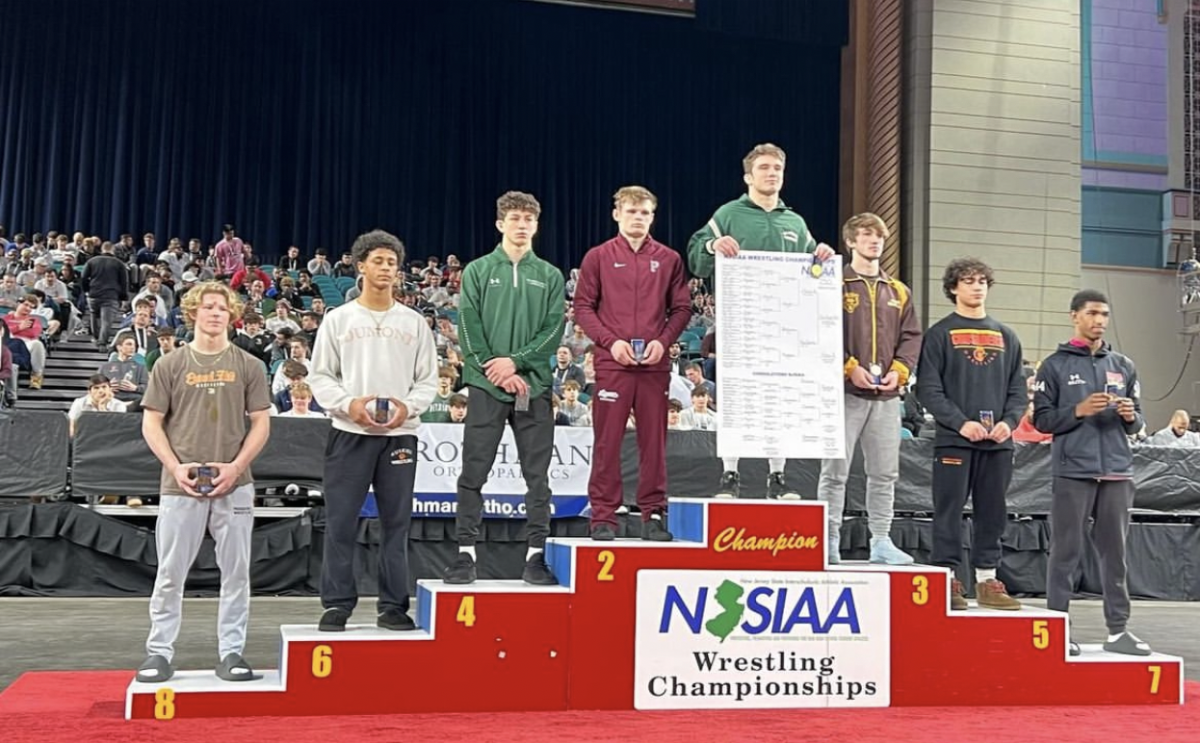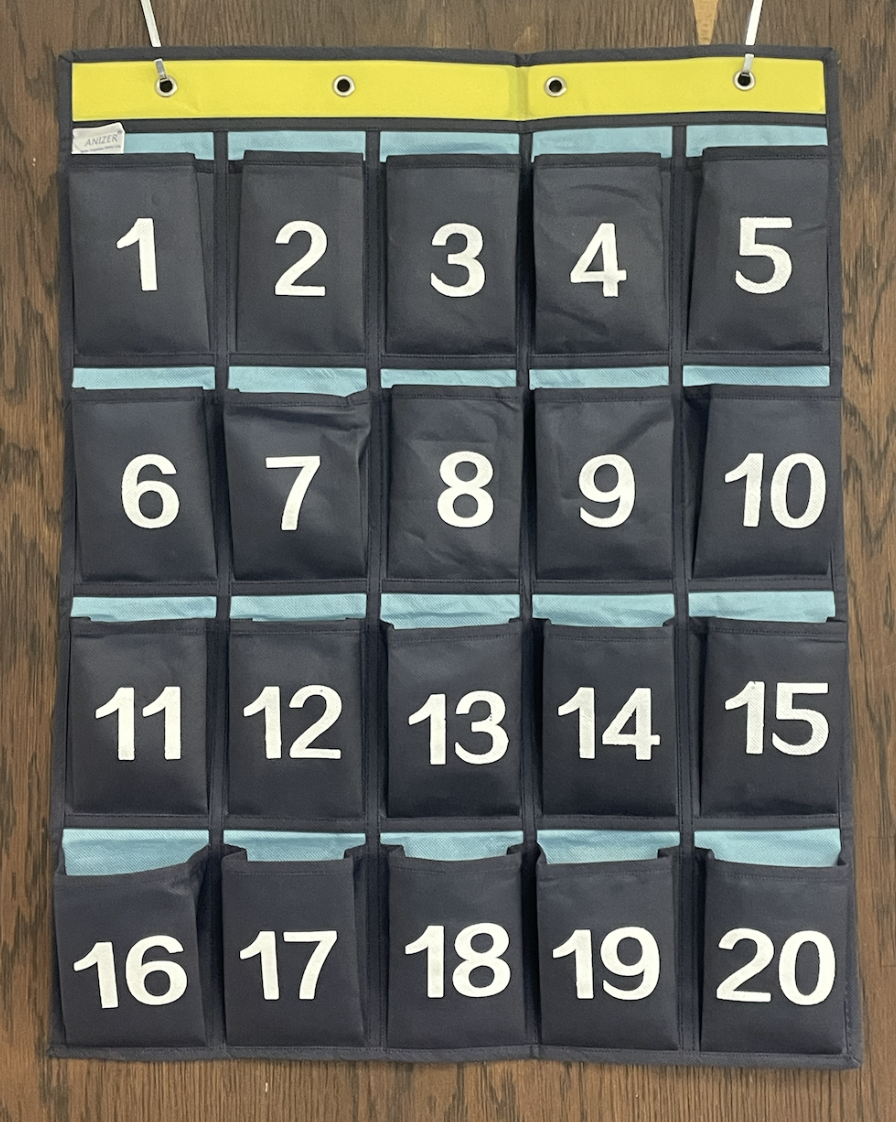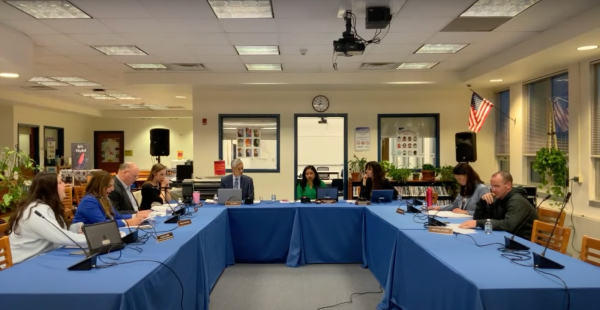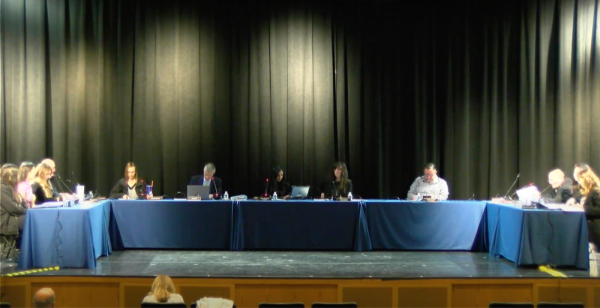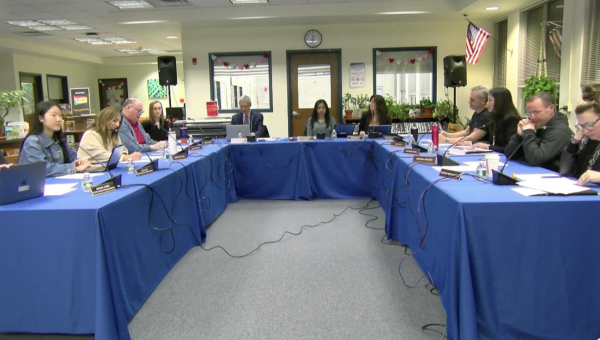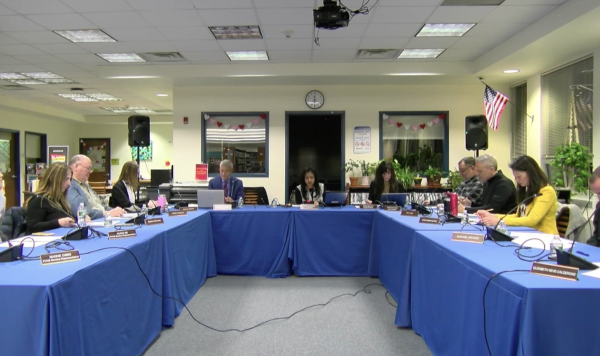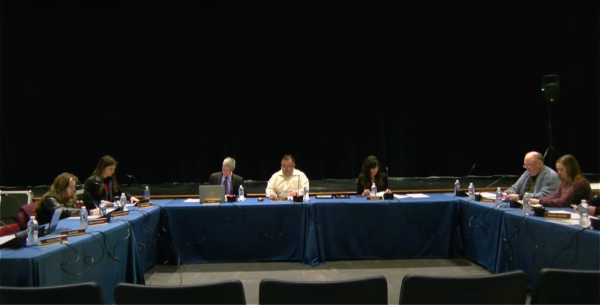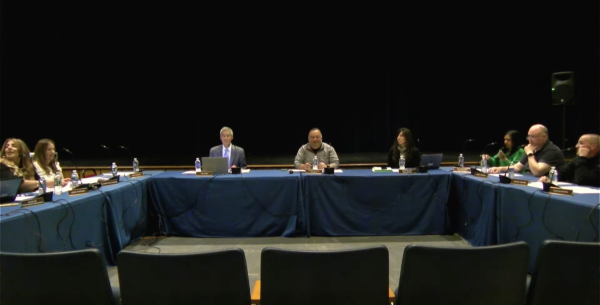Dress Code Policy Reinforced with “Cool for School” Initiative
On the first day of school, when Charleen Schwartzman, who goes by the name “CSchwa”, had explained her new plan to reinforce the current dress code policy, there was immediate chatter among the students in the auditorium. As Schwartzman described how kids should be dressed “cool for school,” some students rolled their eyes in annoyance, while others consciously looked at their own outfits as they laughed with their friends.
Schwartzman has decided that one of her goals as a new administrative intern is to reinforce the current school dress code policy. Contrary to the thoughts of some students who believe that Schwartzman is out to get them, the teacher insists, “For me it’s a protective thing. It’s a maternal feeling of wanting to protect my cubs. There are times and places for certain attire. Dressing casually but respecting yourself and others – that’s what it comes down to.”
The cheerful teacher explained how students’ reactions when they are penalized for violating the dress code upset her. She said, “They are embarrassed. That’s the thing that bothers me the most. I don’t know if it’s unavoidable or not. Some kids know damn well what it’s all about.”
Although the actual dress code policy itself is not being changed, it is certainly being taken more seriously by teachers and administration, as the consequences are becoming harsher and more effective. These consequences can include a verbal warning, a phone call home, and the loss parking privileges. Schwartzman stated, “It wasn’t on the list of priorities and now it has become one. I feel like it was off the radar for a little bit.”
Schwartzman was not the least bit surprised when she was told that many students had negative reactions to her new plan, and believed that it was unnecessary. She said, “I expected that from teenagers. It certainly does matter. You want kids to understand that it does matter. It’s about respecting yourself, respecting everybody else, and learning to work together. That’s what it comes down to. You want an environment where everybody feels comfortable. You want it to be a safe place for everyone.”
During the first full week of school, about 25-30 students were given a verbal warning. When asked how she was able to come up with the specific restrictions and where to draw the line, Schwartzman responded, “Super vague. I looked at other schools who have policies, saw what they do, and figured out how we could be successful. What might not be distracting for one person might be distracting for another.”
It is evident that not all students share Schwartzman’s vision, and there are many students who believe the system is unfair.
Junior Taylor Robinson passionately stated, “I imagine everyone would agree that a guy wearing a shirt with racial slurs or referencing violence to school would deserve to be punished. But does a girl wearing a top that’s too low really warrant all that? If anything, they shouldn’t be equal punishments – that’s just sexist. The explicit shirt is going to cause personal offense, but the girl is just experimenting with her personal style. Give the girl a warning and let her go. Don’t make it a double standard.”
A male junior, who requested anonymity, said, “I don’t care. It doesn’t affect me…It’s mildly sexist.”
When asked about how the enforcement of the policy could be viewed as sexist, Schwartzman fervently explained, “The distraction could also be boys. It is primarily girls, but there are boys. I made sure my presentation focused on girls and boys. The goal is having a learning environment where everyone is respectful of themselves and others. I believe kids should have a voice. To me it’s about loving yourself, respecting yourself. It’s about girls recognizing we’re freaking awesome – we rock. I want to see girls in power from this. I want girls to feel so empowered.”


